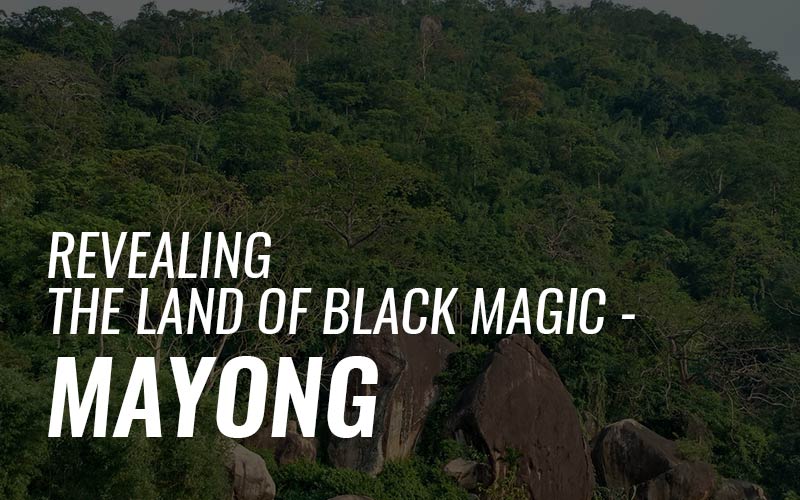
Mayong - Revealing the Land of Black Magic
The land of Assam is not just famed for its world-renowned tea; it is also a land filled with spiritual and cultural heritage. As a matter of fact, a trip to Assam cannot be deemed complete without exploring its historical heritages, cultural & religious destinations, traditional cuisines, and of course, the breathtaking sceneries. In between the must-visit places in Assam, there lies a small village, which was known for its magical or occult practices - Mayong.
Mayong - the land of black magic, can be considered as one of those places which have an unexplained/unsolved mystery revolving around the practice of magic. As per popular beliefs, many believed that if you wish to cast a spell to vanish into thin air or perhaps plot revenge against a person who has caused you trouble, Mayong was the place to go!
Growing up, we have even heard tales about people turning into chickens and other animals in Mayong, with the use of black magic. Although such stories are less heard in present times, and we may have grown out of the superstitious beliefs, many myths relating to the place claim that the village was truly once filled with such instances.
The peculiarity of these cases is such that they cannot be easily authenticated. Nonetheless, these stories and local beliefs make Mayong a fascinating destination to visit! Let’s take a look at the untouched village of black magic, Mayong, also known as the 'land of black magic.'
Overview
Mayong is situated in the Nagaon district of Assam, and it is regarded as India's hub of black magic. It is said that witchcraft, sorcery, and necromancy were all practiced in this region. Alamgir Nama, a history of the first ten years of Emperor Aurangzeb's rule, makes reference to Mayong. According to the book, the Mughal soldiers were terrified of Mayong's black magic because it had been practiced there for generations. Mahabharata also makes reference to Mayong. Ghatotkacha, the son of Hidimba and Bheem (one of the Pandavas), is thought to have been a member of the Kachari Kingdom of Assam. He is thought to have acquired magical abilities from Mayong, which were useful during the Kurukshetra war.
Even though there are many tales about Mayong's magic, countless
people came to Mayong to study the use of witchcraft and black magic. Swords
similar to those used to sacrifice victims in other parts of India have been
discovered by archaeologists in Mayong.
Since Mayong is regarded as the "region of black magic," one can talk to the locals there to hear tales of strange and impossible happenings that took place there. They claim that some humans had the ability to vanish into thin air, and some even claim that they had the ability to transform people into animals. Whether it's true or not, the stories are quite fascinating to hear.
Nomenclature of the region
How did Mayong get its name? Do you know the answer? There are various versions of this. Some people think that the term "Maya," which means illusion in Sanskrit, is how the village got its name. Another myth says that Mayong, which is hilly, was home to many elephants. The elephant is known as Miyong in the Dimasa language, which is spoken by one of the Assamese tribes, and over time, Miyong became Mayong. Irrespective of whichever version is correct, what is consistent is that it is a land of magic.
Magic or Superstitions?
There are many legends surrounding Mayong, including that of mankind turning into animals or vanishing into thin air. Although there is no concrete proof of any of this, the locals and older residents here claim that they have witnessed such events during their younger days. Nobody can definitively determine how much of this is fiction and how much is fact. Outside of Mayong, a lot of people still think that all of these things are superstitious rituals. We don't know if it's superstition or actual magic. One thing is for certain: real-world components are referenced in the stories, and real locations are what raise people's eyebrows.
Mayong & Pobitora Festival
Pobitora is a wildlife sanctuary located near the Mayong village. A three-day festival is held in November every year to showcase the ethnic cuisine, distinctive culture, magical therapy, and music which attracts thousands of tourists.
Is black magic still practiced in Mayong?
The mantra (chants) that were performed back then are no longer
used and are likely only present in stories told to the next generation. Old
magic manuscripts are in the possession of some older people, but they don't
share them with the public.
The locals still talk about Chaura Bez from ancient times, who was able to use the Mohini Mantra to entice two people to one another or even use the Baagh Bandha Mantra to calm an enraged tiger.
Today's Mayong is still a growing rural society with schools and
colleges to give future generations the means for a better existence. The
sensitive nature of black magic-related subjects has helped the place restore
its popularity. There are still some individuals who come here in pursuit of
healing and for other reasons, for some, it's more to satisfy personal
curiosity.
Black magic may still be practiced secretly in Mayong, but one
cannot confirm. If you are curious to explore the ancient black magic, visit
Mayong to get your own insight into the witchcraft world. Mayong lies just 40
km from the gateway to Northeast India, Guwahati. Despite
having a lot of folklore and tales of the glory days of yesteryear, Mayong
today is nothing more than a village entangled in economic strife like any
other place in India.
Disclaimer: The opinions expressed in this article are those of the author's. They do not purport to reflect the opinions or views of The Critical Script or its editor.

Newsletter!!!
Subscribe to our weekly Newsletter and stay tuned.



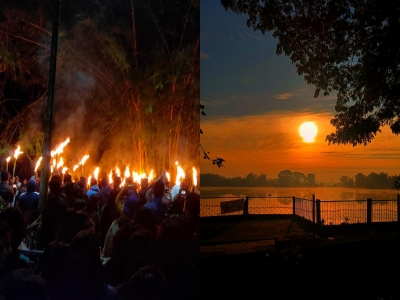
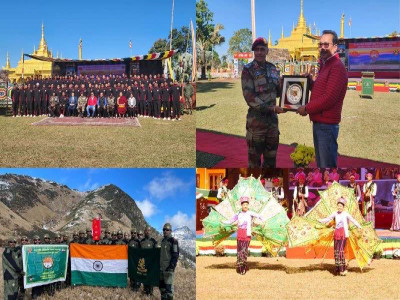
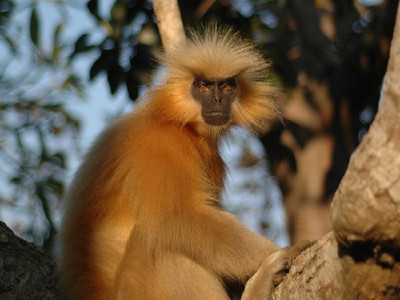

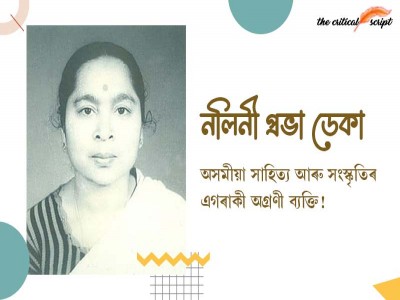









Related Comments